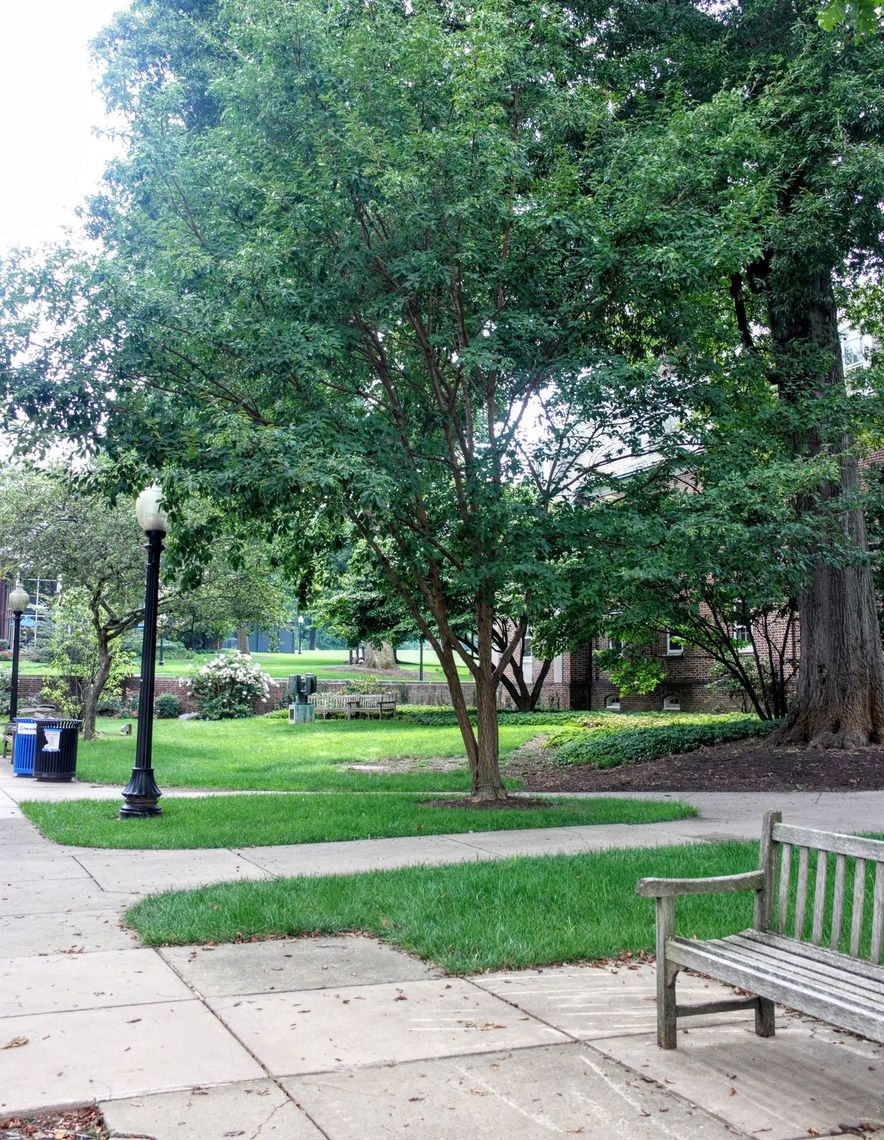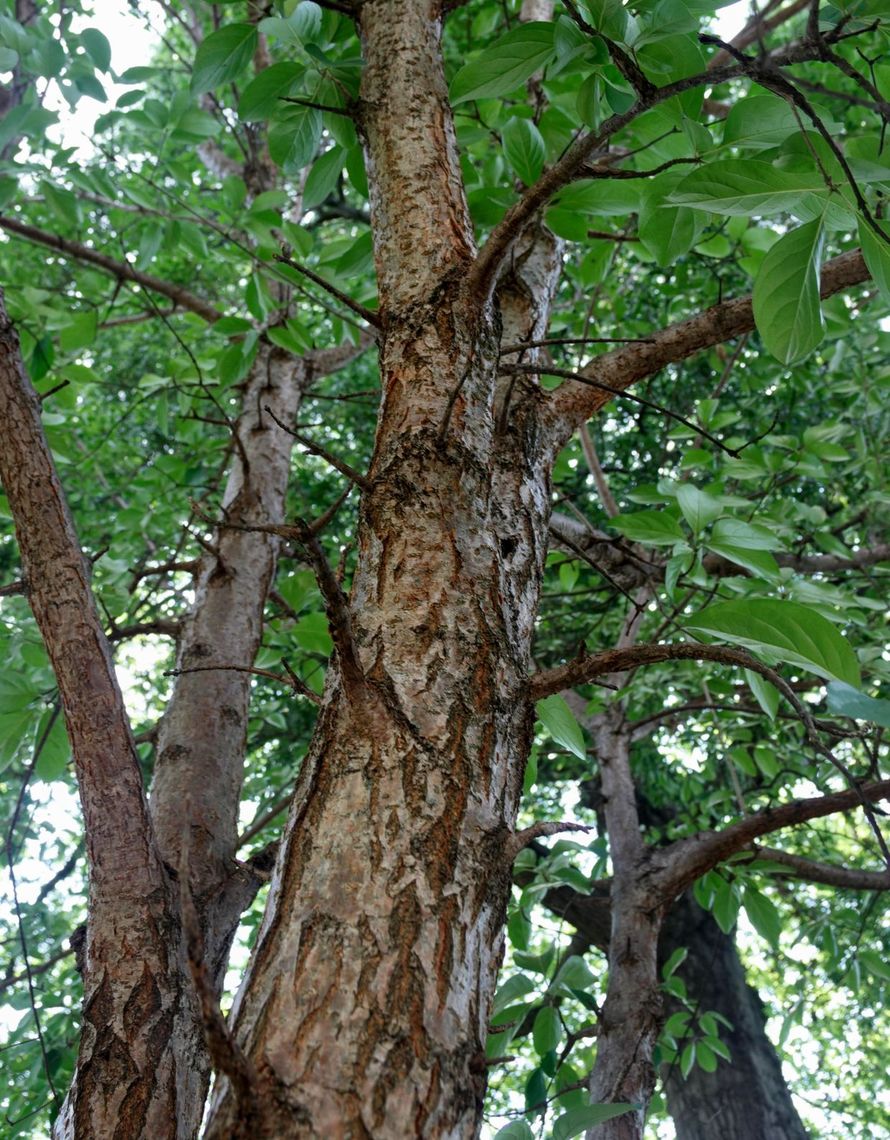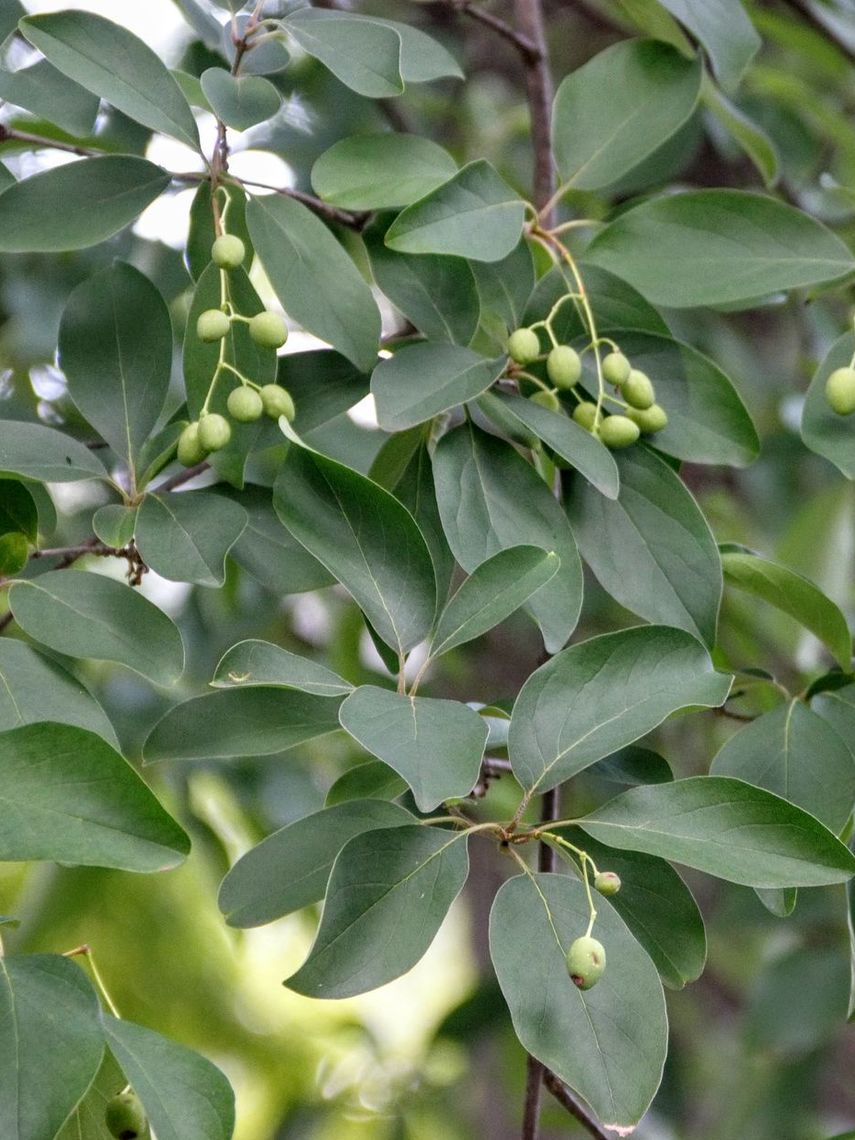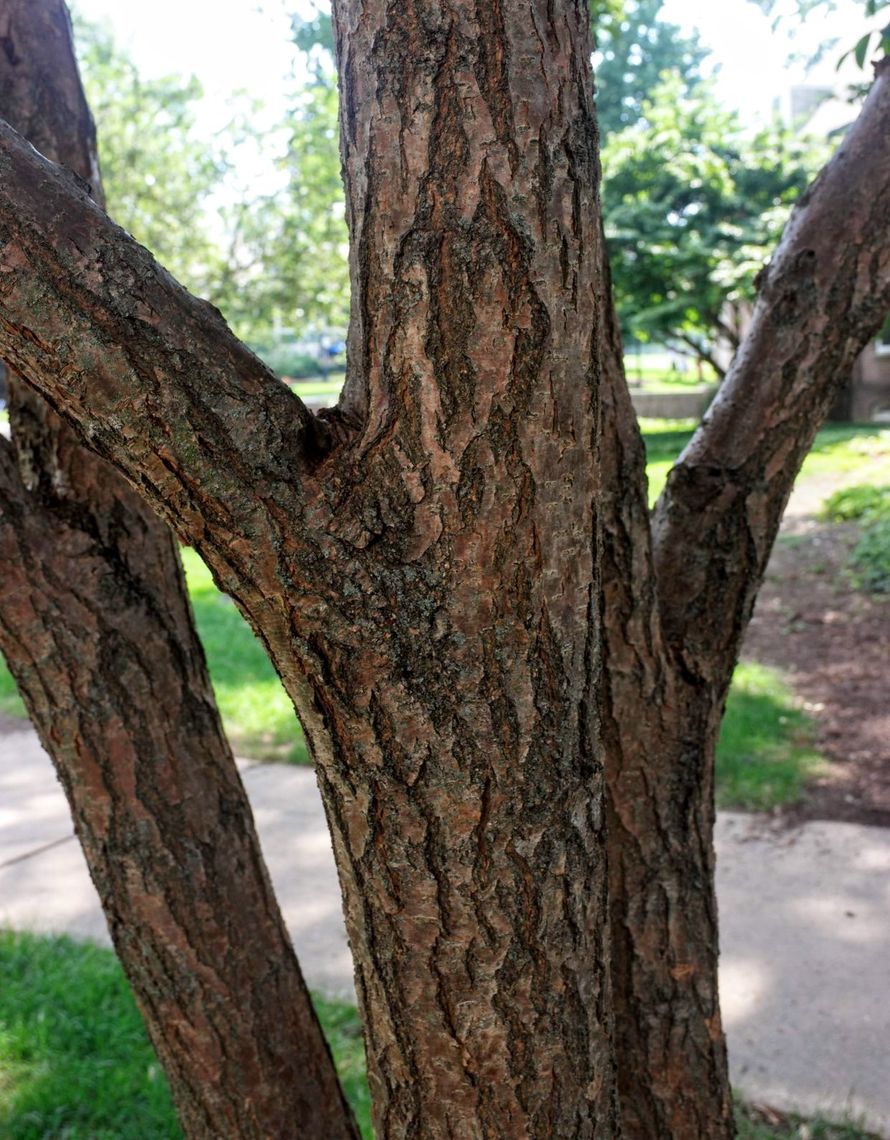White Fringetree (Chionanthus virginicus)
The white fringetree gets its name from its slightly fragrant white flowers that appear in drooping, fringe-like clusters. It is also sometimes called old man's beard, referring to the flower's color and texture. The tree's leaves are wide and spear-like and turn yellow in the fall. Female flowers sometimes give way to a blue, olive-like fruit, that is usually eaten by birds.
Family: Oleaceae (Olive)
Characteristics: The 3-inch to 8-inch-long leaves are wide, spear-shaped, and vary in color from a medium to dark green. In the fall, leaves turn yellow. The tree's flowers have 4-5 petals and are slightly fragrant. They appear in 6-inch to 8-inch-long panicles (loose branching clusters) that have a fleece-like texture. Female and male flowers appear on separate trees. Female flowers give way to olive-like blue fruits, which are an important food source to birds and other wildlife. Bark is light gray or brown and slightly ridged. This tree can grow as a large multi-stemmed shrub or a small tree with a rounded-oval shape. It grows 12-20 feet high and wide.
Foliage: Deciduous (leaves lost seasonally)
Geographic Origin: Eastern United States (native)
Cultivation Notes: Requires low maintenance. Does best in full sun to part shade. Prefers acidic, moist, and well-drained soils. This tree is tolerant to air pollution and adapts well to urban settings. It is not tolerant of prolonged drought conditions.
Number on Campus: 3
Sources: Dirr, Morton Arboretum, Missouri Botanical Garden




